Container gardening like a pro!
Limited space, No problem
A container garden offers a versatile and convenient way to cultivate plants, even in limited spaces.
Whether you have a small patio, balcony, or windowsill, you can create a thriving garden by following some basic principles.
- Ideal for small spaces like balconies, patios, or urban environments.
- Allows for greater control over soil conditions and plant placement.
- Offers flexibility in garden design and arrangement.
Container gardening involves growing plants in pots, tubs, or other containers instead of directly in the ground.
This method is popul ar for its flexibility, allowing individuals to garden in various environments, including urban settings.
Selecting Containers
Choosing the right containers is crucial for the success of your garden.
Consider factors such as material, size, and drainage capabilities to ensure proper plant growth.
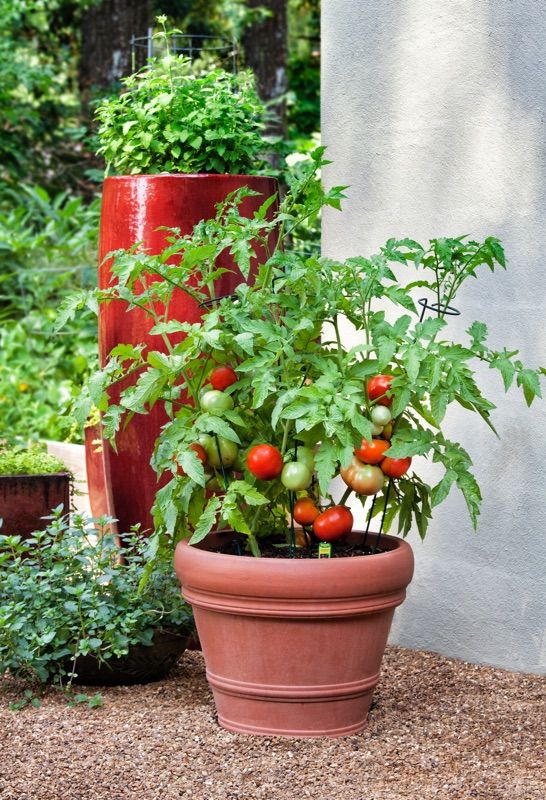
Choosing the Right Plants
Select plants that are suitable for container garden and match their requirements with the conditions of your containers, such as sunlight exposure and soil type.
Suitable Plants:
- Herbs: Basil, thyme, rosemary.
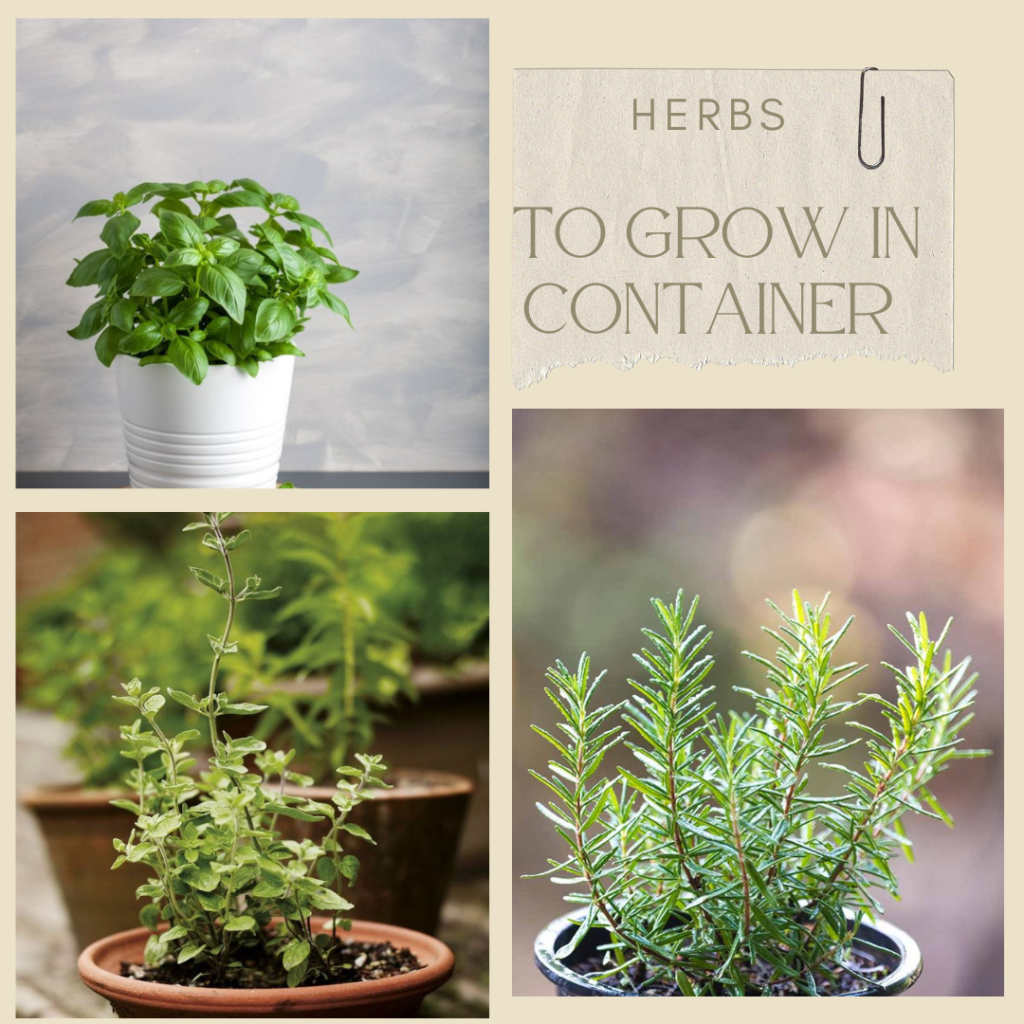
- Vegetables: Tomatoes, peppers, lettuce.
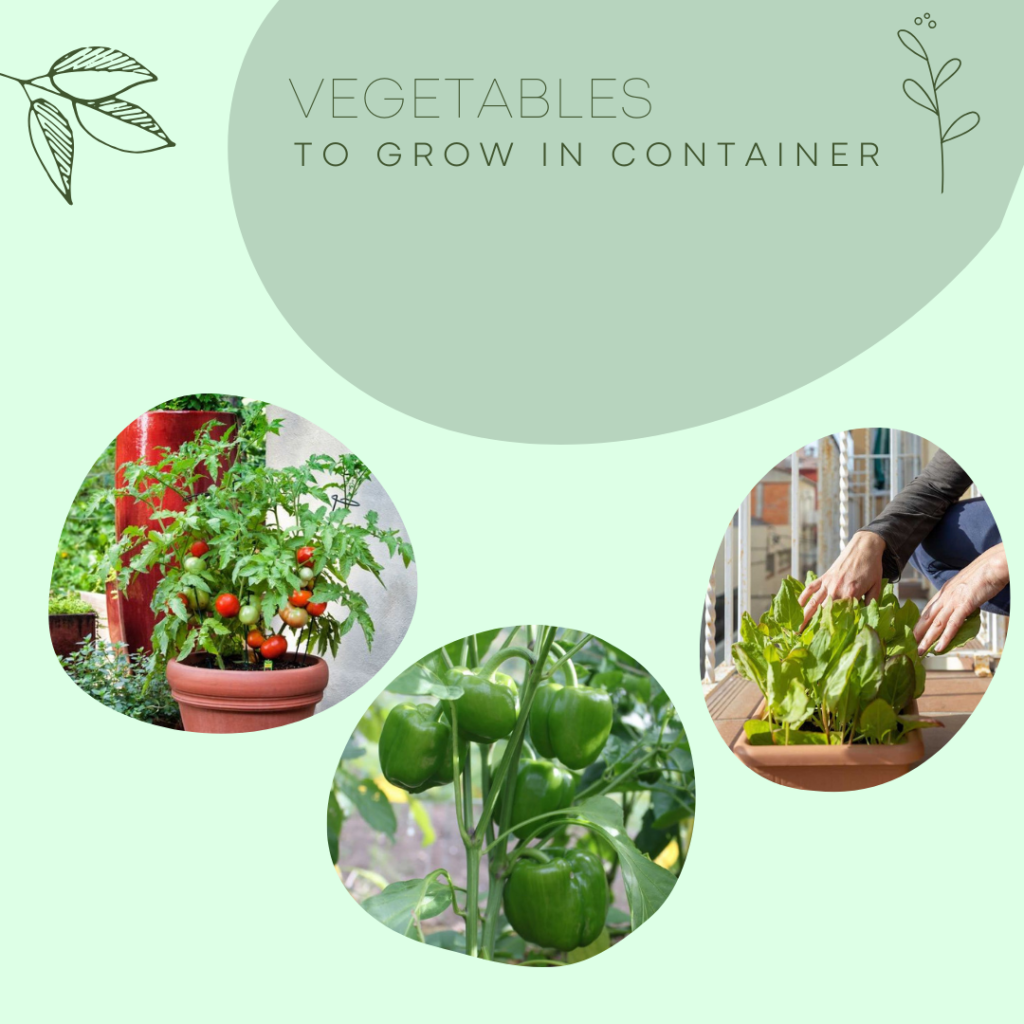
Soil and Fertilization
Use a well-draining soil mixture and fertilize your plants appropriately to provide them with essential nutrients for healthy growth.
Container Soil Mixtures:
-
- Use a well-draining potting mix with peat moss, perlite, and compost.

Watering Techniques
Monitor soil moisture levels and water your container garden accordingly, ensuring that plants receive adequate hydration without becoming waterlogged.
Frequency and Amount:
-
- Water containers thoroughly when the top inch of soil feels dry to the touch.
- Adjust the watering frequency based on weather conditions and plant requirements.
Container Placement
Place your containers in areas with suitable sunlight and protection from harsh elements to optimize plant growth and development.
Sunlight Requirements:
-
- Position containers in locations that receive adequate sunlight for the types of plants grown.
Shelter from Elements:
-
- Protect containers from extreme weather conditions such as strong winds, heavy rain, or frost.
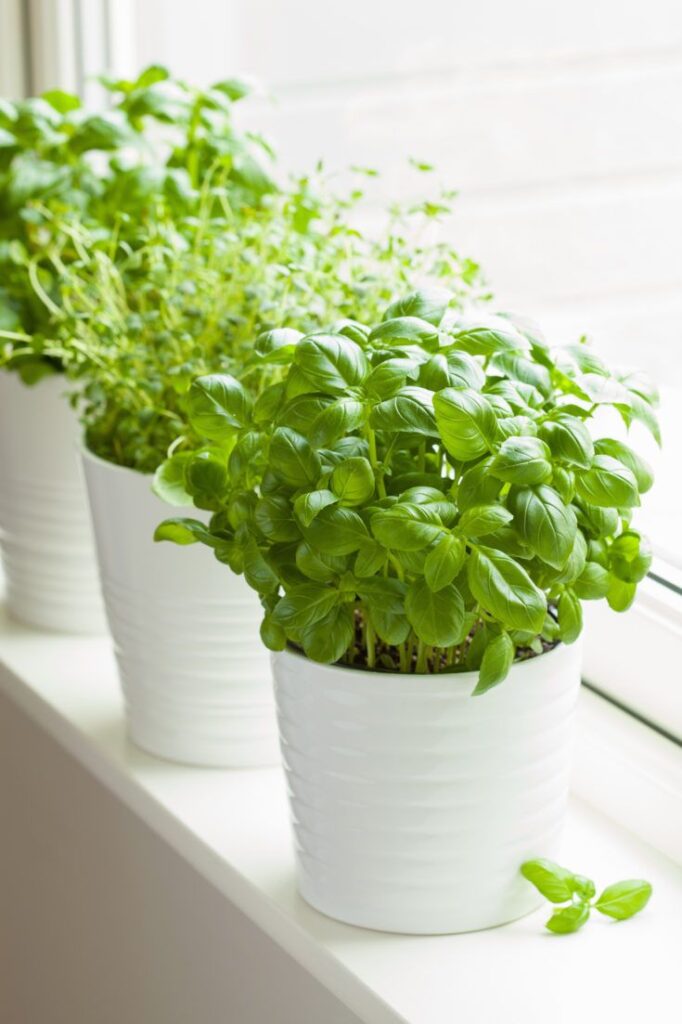
Maintenance and Care
Regularly maintain your container garden by pruning, trimming, and monitoring for pests and diseases to ensure optimal plant health.
Pruning and Trimming:
-
- Remove dead or diseased foliage to promote plant health and encourage new growth.
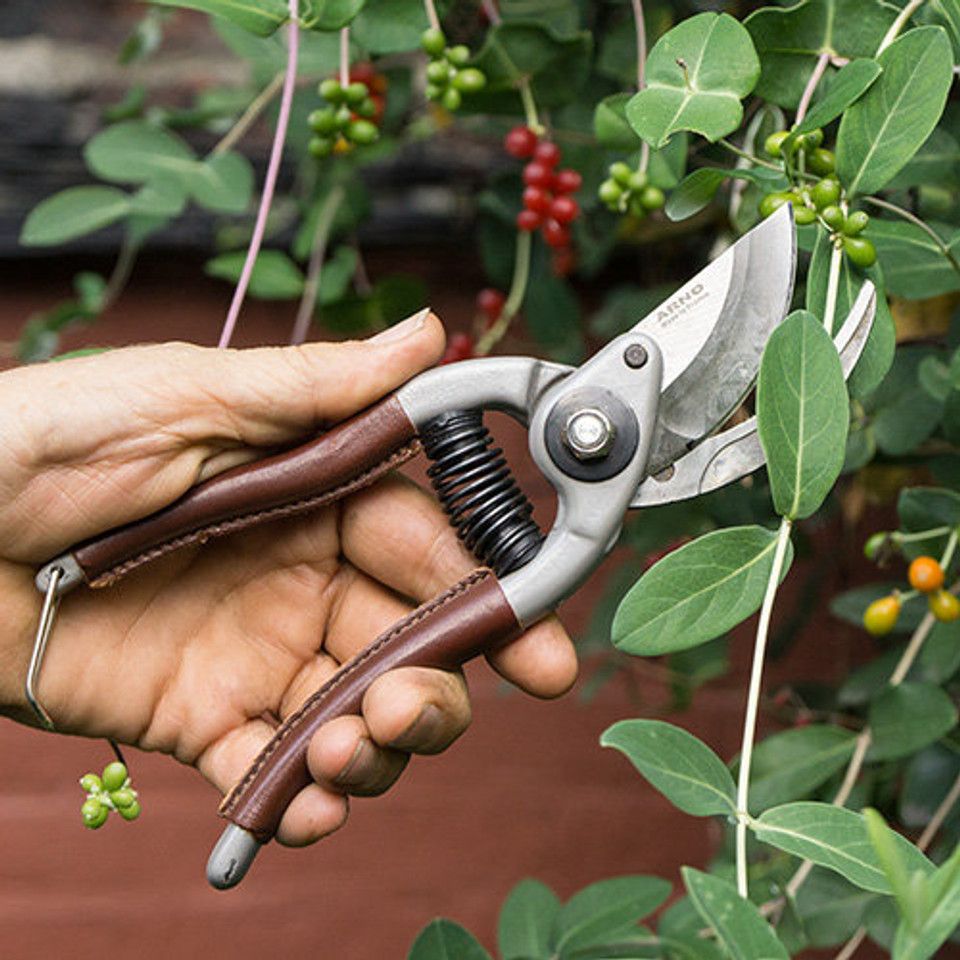
Pest and Disease Management:
- Monitor plants for signs of pests or diseases and take appropriate action, such as using insecticidal soap or neem oil.
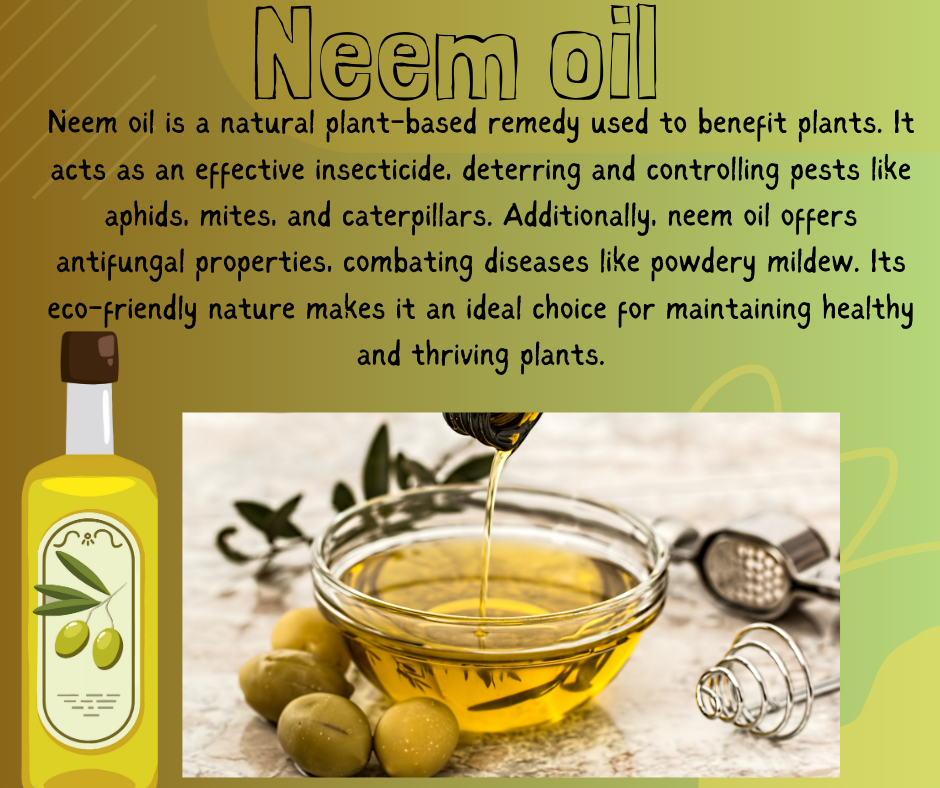
Troubleshooting Common Issues
Overwatering and Underwatering:
-
- Adjust watering practices to prevent water stress and root rot.
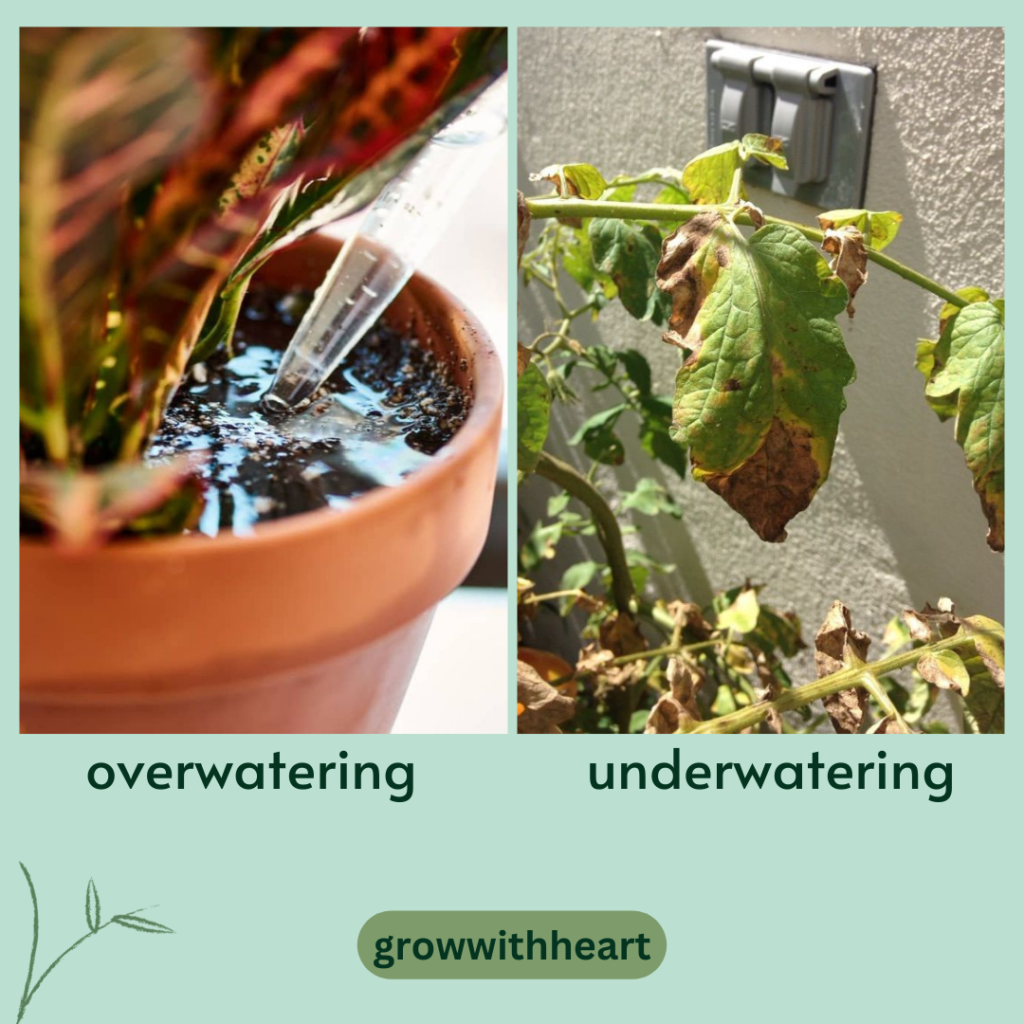
Nutrient Deficiencies:
-
- Monitor plant health and address deficiencies by applying appropriate fertilizers or soil amendments.
Conclusion
Container gardening is a rewarding hobby that allows individuals to cultivate plants regardless of space constraints.
- Container gardening offers a rewarding and accessible way to grow plants in any environment.
- By following the basics outlined in this article, you can create thriving container gardens and enjoy the benefits of homegrown produce.

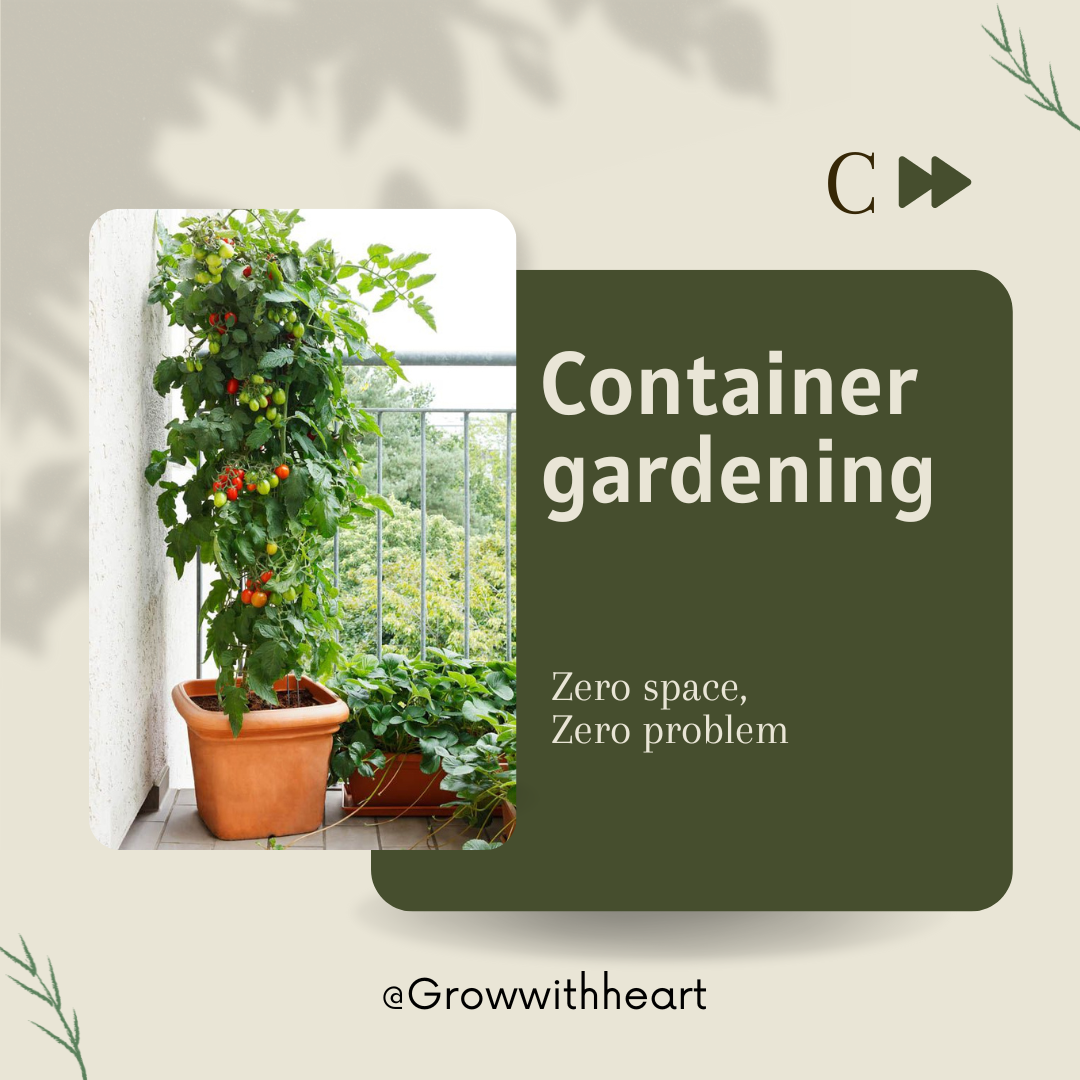
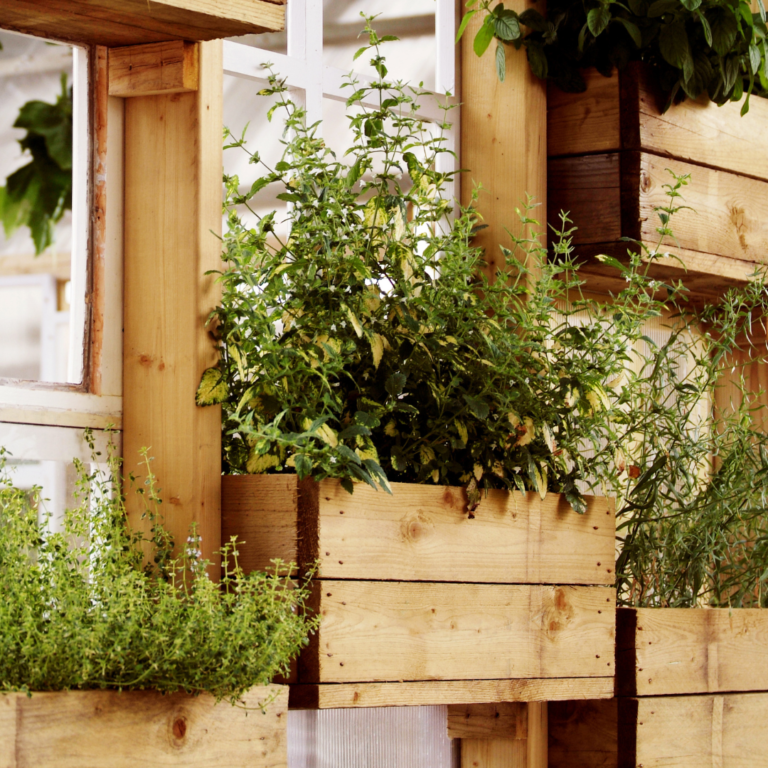

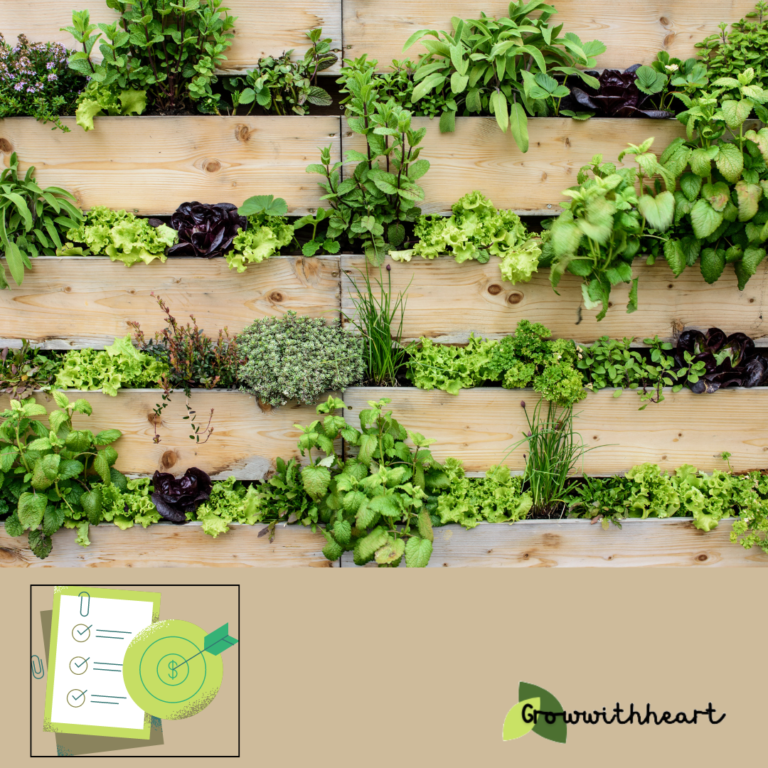
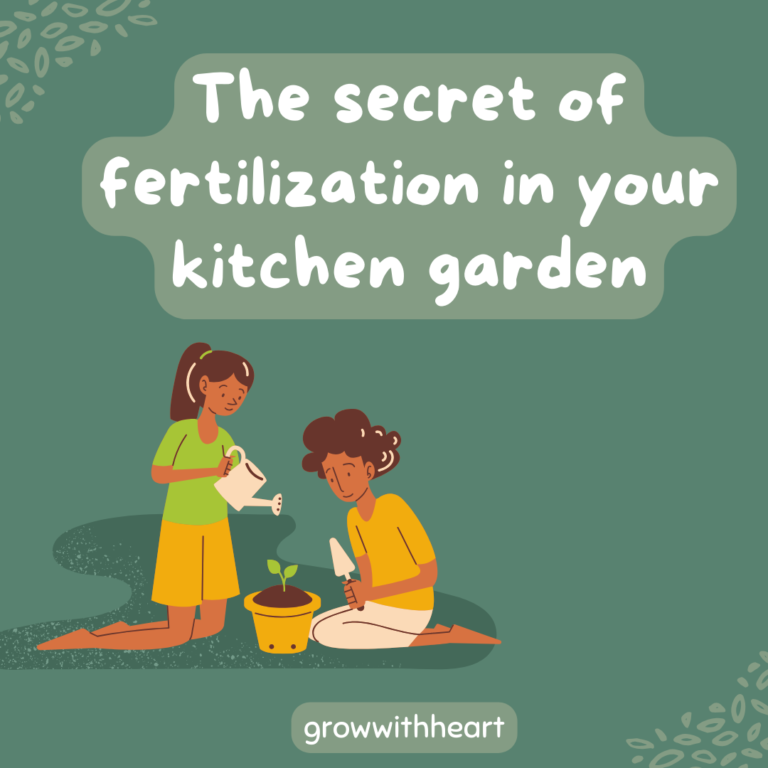

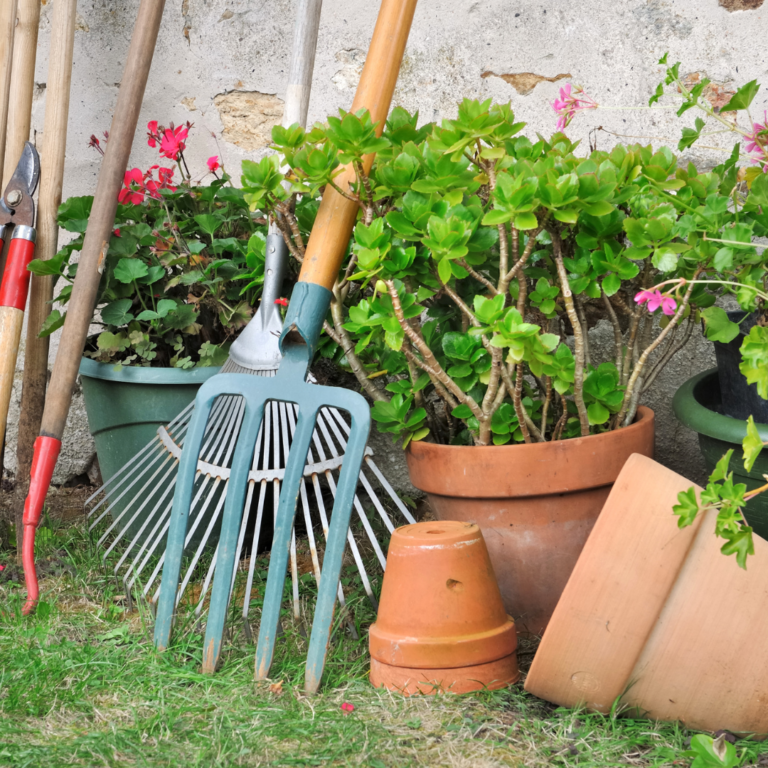
2 Comments